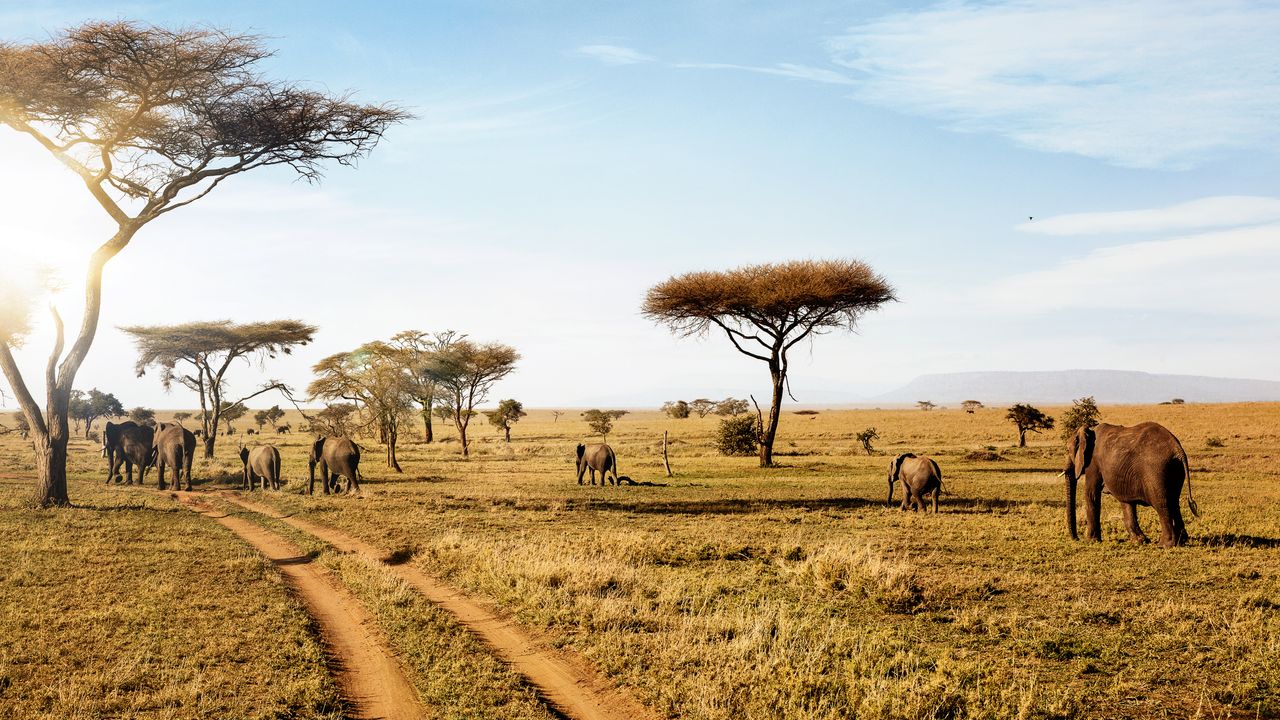Serengeti National Park: A Wildlife Paradise
The Serengeti National Park, located in Tanzania, is one of the most renowned wildlife reserves in the world. Spanning over 14,750 square kilometers, it is home to a diverse range of animal species and offers visitors a unique and unforgettable safari experience. In this article, we will explore the Serengeti weather, travel information, and the fascinating birdlife found in this incredible national park.
Serengeti Weather
The Serengeti experiences a tropical climate, characterized by two distinct seasons – the dry season and the wet season. The dry season, which runs from June to October, is considered the best time to visit the park. During this period, the weather is typically warm and sunny, with temperatures ranging from 20 to 30 degrees Celsius (68 to 86 degrees Fahrenheit). The vegetation is sparse, making it easier to spot wildlife as they gather around water sources.
On the other hand, the wet season, from November to May, brings heavy rainfall to the Serengeti. While this period may deter some visitors, it is a time of abundance as the park transforms into a lush green landscape. The rains bring new life, with an abundance of young animals being born, and the birdlife flourishing. However, it’s important to note that some roads may become impassable during this time, so it’s advisable to check with local authorities before planning a visit.
Serengeti Travel Information
Getting to the Serengeti National Park is relatively easy, with several options available. The most common entry point is through Kilimanjaro International Airport, located near Arusha, Tanzania. From there, visitors can either take a domestic flight to one of the park’s airstrips or opt for a scenic drive through the Ngorongoro Conservation Area.
Once inside the park, there are various accommodation options to suit every budget and preference. From luxurious lodges to tented camps, visitors can choose to stay within the park boundaries or in the surrounding areas. It’s advisable to book accommodations well in advance, especially during peak seasons, to secure the best options.
When planning a visit to the Serengeti, it’s important to consider the duration of your stay. To fully experience the park’s vastness and witness the Great Migration, which involves millions of wildebeest and other herbivores moving across the plains, a minimum of three to four days is recommended. This allows for ample time to explore different areas and increases the chances of encountering a wide range of wildlife.
Serengeti Birdlife
The Serengeti National Park is not only renowned for its iconic mammals but also for its rich birdlife. With over 500 bird species recorded, it is a paradise for bird enthusiasts. From large raptors soaring in the sky to colorful songbirds hidden amidst the grass, the Serengeti offers a diverse range of avian species.
Among the notable bird species found in the Serengeti are the African fish eagle, secretary bird, ostrich, and the Kori bustard, which is the heaviest flying bird in the world. The park is also home to various species of storks, herons, and vultures. Additionally, during the wet season, migratory birds from Europe and Asia make their way to the Serengeti, adding to the already impressive birdlife.
Visitors can embark on birdwatching safaris or simply enjoy the sight and sounds of the birds while exploring the park. It’s recommended to bring a pair of binoculars and a bird identification guide to enhance the birdwatching experience.
Conclusion
The Serengeti National Park is a true wildlife paradise, offering visitors an opportunity to witness the wonders of nature up close. Whether it’s the diverse Serengeti weather, the ease of travel, or the fascinating birdlife, there is something for everyone in this iconic national park. Plan your visit carefully, pack your safari gear, and get ready for an unforgettable adventure in the heart of Africa.
